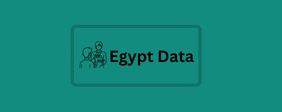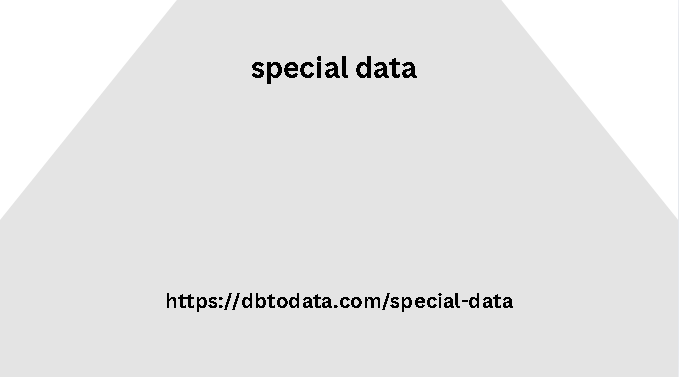The issue isn’t lack of medical care in Baltimore. In fact, it’s exemplary. The city is home to Johns Hopkins. The issue is “we have to stop admiring these problems, [and] we have to talk about solutions,” Wen said. She shared that in 2009, Baltimore city had one of the worst infant mortality rates in the country.
African American babies were five times
More likely to die than white babies. By 2016, the city cut that disparity in half. Wen highlighted several key factors: First, the city formed a collaborative that now has more than 150 public and private partners, including hospitals and clinics. It wasn’t about new funding. Collectively, everyone aimed for one goal: reducing infant mortality.
They created a central triage system
for pregnant women and launched a home visit program based on level of need. These home visits not only provided new moms with instagram data educational tips, but they also uncovered issues that are unsafe for families, such as peeling paint and potential lead poisoning. Opioid Crisis: Moral Failing vs. Disease The city still has a long way to go, but these changes led to measurable improvements. One of the biggest challenges that Baltimore is working to combat now is addiction.
Nearly 21,000 residents use heroine,
Wen said. Last year, 700 people died from to the main thing is overdose. That’s about two people a day. Two years ago, Wen issued a blanket prescription for the opioid antidote, naloxone, to all 620,000 residents of Baltimore. Since 2015, this program has saved over 1,000 lives. Recently Maryland Gov. Larry Hogan declared a state of emergency around opioids.
Wen agreed that needed to happen,z
When addiction affected poor people and minorities in inner cities somehow addiction was seen as a choice or moral failing, she said. Now that the issue has spread to other communities — white, wealthy, suburban areas — addiction is seen as a rich data disease. In public health we have a choice to make, Wen said. We can sit back and let others dictate the narrative or recognize that the issues surrounding us, including violence and racism are public health issues.

